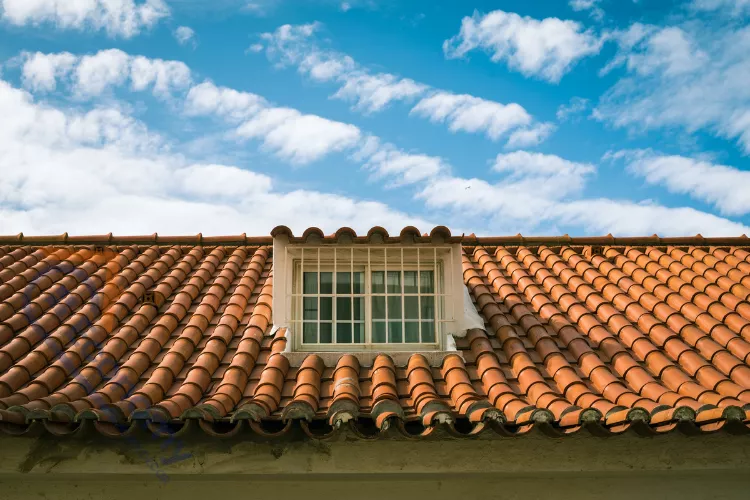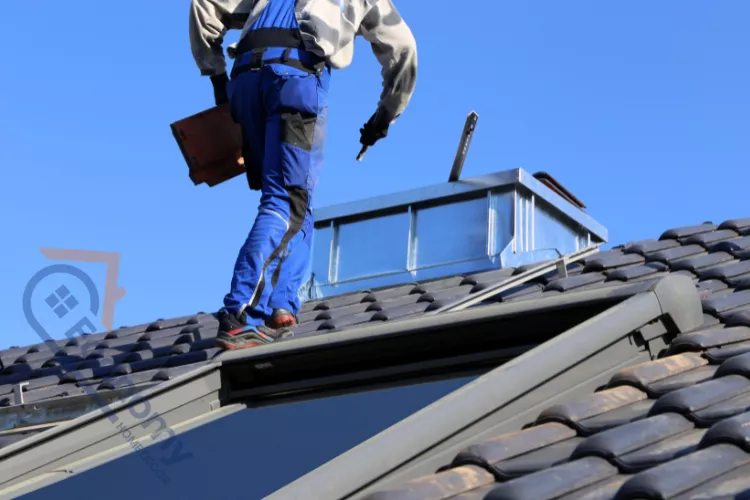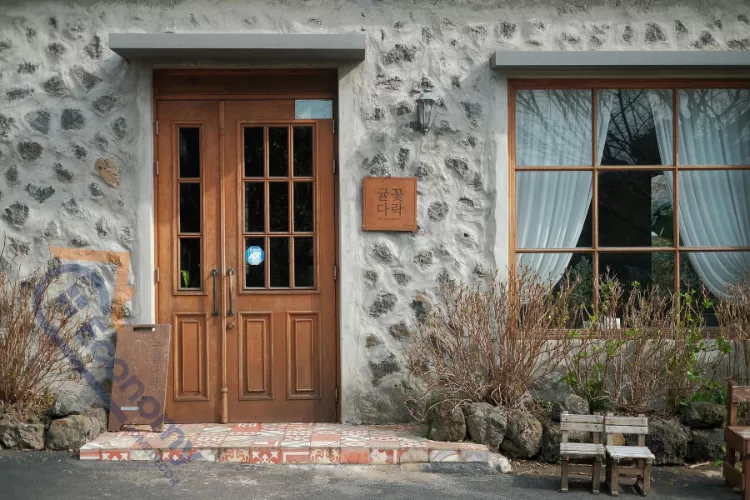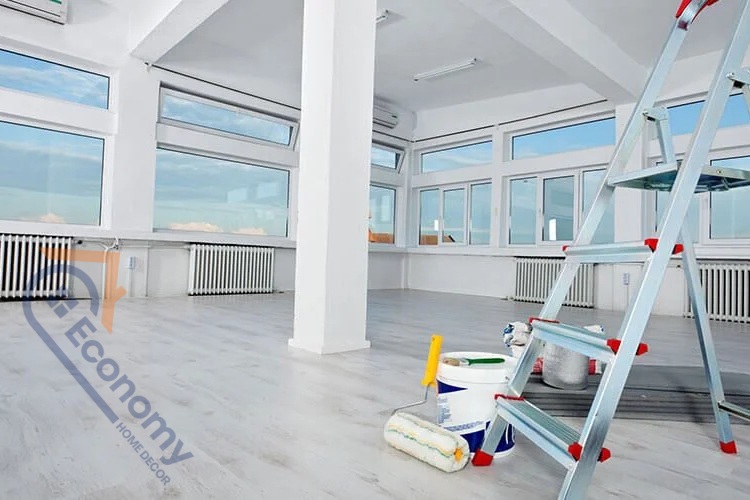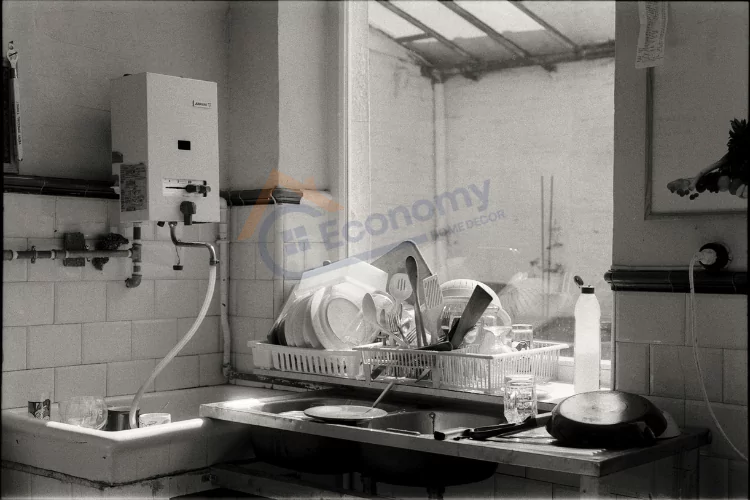Your roof is one of the most important parts of your home. It protects you and your family from rain, wind, heat and everything else the Australian climate can throw at it. Yet many homeowners rarely think about their roof until something goes wrong. By the time a leak appears or tiles start falling off, the damage is often more serious than it seems. Knowing how to recognise the early signs of roof damage can save you thousands of dollars in repairs and help you avoid major headaches down the track.
In this blog, we look at the top warning signs that your roof needs attention before it is too late.
1. Water Leaks and Stains Inside the Home
One of the clearest signs of roof trouble is a water leak inside your home. You might notice dark stains or discolouration on the ceiling or walls, or even moisture marks around light fittings and vents. Sometimes the leak is obvious during heavy rain, but at other times it may be slow and hidden, causing gradual damage to insulation and plasterboard.
Even a small leak can lead to mould growth, timber rot and structural weakening over time. If you spot any signs of water intrusion, do not ignore them. Have a professional roofer inspect the source of the leak as soon as possible. Often, the problem can be traced to a cracked tile, lifted flashing or damaged sealant that can be easily repaired if caught early.
2. Missing or Damaged Roof Tiles
Australian weather can be unpredictable. Strong winds, hail and falling branches can crack or dislodge roof tiles. Missing tiles expose the underlayment of your roof, allowing water to seep in and cause damage. Cracked tiles, even if they seem minor, can worsen quickly when exposed to further rain and sun.
If you can safely view your roof from the ground or from a nearby window, look for uneven patches, gaps or discoloured tiles. Regular maintenance checks can help you spot and replace damaged tiles before they cause leaks. If you have a metal roof, keep an eye out for loose screws or sheets that appear lifted or bent.
3. Sagging Roof Lines
A sagging roof is a serious issue that should never be ignored. It can indicate structural weakness caused by water damage, rotting timber or the failure of internal supports. In some cases, it might be due to poor roof design or improper installation.
If you notice that your roofline is uneven or appears to dip in certain areas, it is time to call in a roofing specialist. The sooner the issue is assessed, the better your chances of preventing a full roof replacement. A sagging roof can also pose a safety hazard, especially during heavy rain or high winds.
4. Rust, Corrosion and Loose Flashing
Flashing is the thin metal sheet used around chimneys, skylights and vents to prevent water from entering your home. Over time, flashing can corrode, loosen or crack, especially if it has been exposed to salt air near coastal areas. Rust spots or flaking paint are signs that water is beginning to penetrate these vulnerable areas.
Metal roofs can also develop rust, particularly around joints and fasteners. Once corrosion sets in, it can spread quickly, leading to leaks and weakened panels. Regular inspection and timely rust treatment can extend the life of your metal roof considerably.
5. Blocked or Overflowing Gutters
Your gutters play a crucial role in keeping water away from your roof and the foundations of your home. When they become clogged with leaves, dirt or debris, water can back up under the roofline and seep into the fascia boards. This often leads to rot, mould and even interior leaks.
During heavy rain, check whether your gutters are overflowing or not draining properly. Regular gutter cleaning, especially after autumn when leaves have fallen, can help prevent serious water damage. Installing gutter guards is also a smart investment for long term protection.
6. Mould, Moss or Algae Growth
While a bit of green growth might seem harmless, moss and algae can cause real damage over time. They retain moisture and can lift tiles or degrade roofing materials, especially in shaded or damp areas. Mould and algae growth may also indicate that water is not draining properly from the roof.
Cleaning your roof with appropriate solutions and ensuring adequate sunlight exposure can help prevent the spread of moss. A roofing professional can also apply treatments that discourage regrowth and protect the surface.
7. Rising Energy Bills
If your energy costs have increased unexpectedly, your roof might be part of the problem. Damaged or deteriorating roofing materials can allow heat to escape in winter and let hot air in during summer, forcing your air conditioning or heating systems to work harder.
Poor insulation or gaps in the roofing structure can also contribute to energy inefficiency. Having your roof inspected and repaired can improve your home’s energy performance and comfort throughout the year.
8. Interior Mould and Mildew Smell
A musty odour or visible mould inside your home can indicate roof leaks or trapped moisture in the ceiling cavity. This is not only unpleasant but can also pose health risks to you and your family. Mould thrives in damp, dark spaces, and once it begins to spread, it can be difficult to remove.
If you notice mould growth on your ceiling or walls, do not simply paint over it. Find the source of the moisture first. A professional inspection can help locate the leak and fix the underlying issue before the damage becomes extensive.
9. Roof Age and Lack of Maintenance
Even the best roofing materials have a lifespan. Tile roofs can last up to fifty years if properly maintained, while metal roofs typically last around thirty to forty years. However, Australia’s extreme weather can shorten these timeframes.
If your roof is more than twenty years old and has not been inspected recently, it is worth arranging a professional assessment. Preventive maintenance such as replacing sealants, repairing flashing and cleaning gutters can significantly extend the life of your roof and prevent major repairs later.
10. Interior Light Through the Roof
If you can see daylight shining through your roof when you are in the attic or ceiling space, that is a clear sign that there are gaps or cracks in the roofing structure. Light coming through means water and pests can enter as well.
Small holes can often be sealed easily, but larger gaps might indicate more serious deterioration. It is best to have these inspected before the next storm arrives, as water entering through these openings can cause rapid structural decay.
Taking Action Before It’s Too Late
Roof problems rarely fix themselves. What starts as a small issue can quickly develop into a major repair or even a full roof replacement if neglected. Regular inspections are the best way to catch early warning signs. Experts recommend having your roof checked at least once a year, ideally before and after storm season.
Engaging a professional roofing company ensures that any damage is properly assessed and repaired using the right materials and techniques. It is also a good idea to keep records of all maintenance work and inspections for warranty and insurance purposes.
Final Thoughts
Your roof works hard to protect your home from the harsh Australian elements, but it cannot do that job effectively without proper care. Paying attention to the signs of wear and tear can save you from costly repairs and protect the value of your property.
If you have noticed leaks, sagging sections, missing tiles or any of the other signs mentioned above, do not delay. Contact a qualified roofing professional to carry out an inspection and make any necessary repairs. Acting early not only safeguards your home but also provides peace of mind knowing your roof is ready to handle whatever the weather brings.

